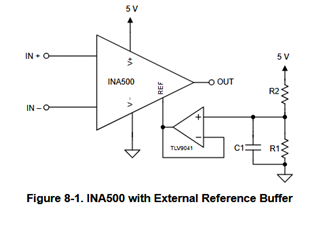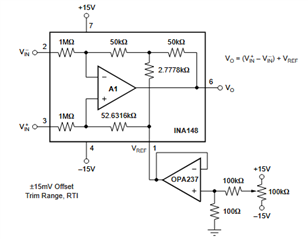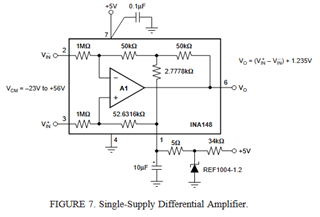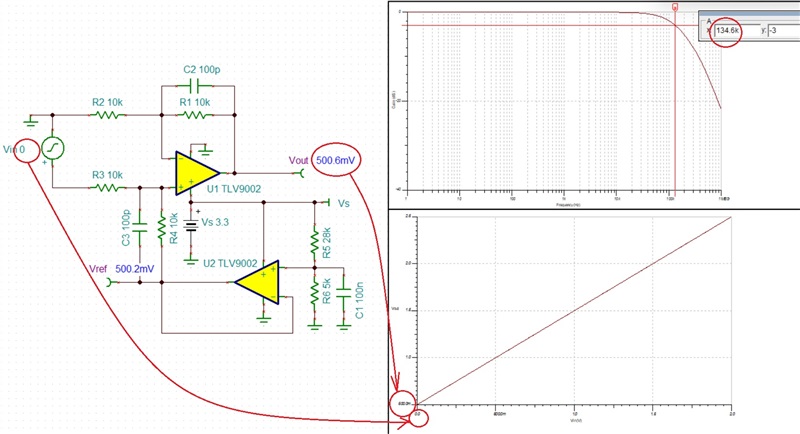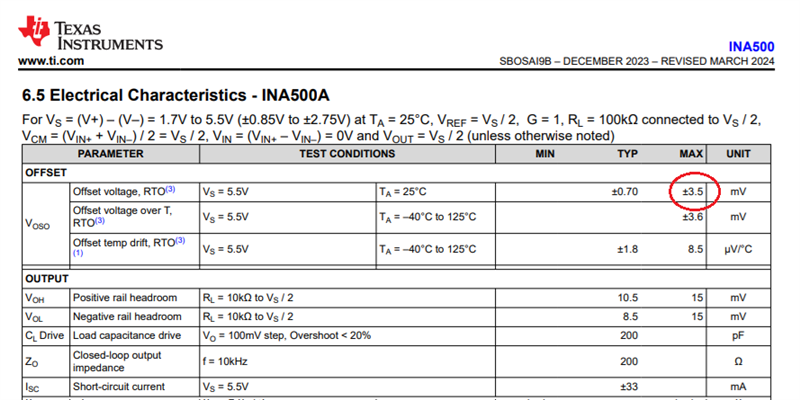Other Parts Discussed in Thread: INA500, INA148, TLV9002, TINA-TI, INA149
Tool/software:
Hi, We are reading a signal from sensor in the field, the signal is varying from 2 - 0V dynamically. the scope is to measure amplitude and its frequency which was done. The microcontroller is able to read the amplitude and frequency but near 0 voltage(approx 50 - 100mV) if there is any oscillation the controller couldn't read it properly. The sensor signal is fed to unity gain amplifier and its output is connected to controller. We are thinking of adding 500mV offset to the signal so when the signal vary from 2-0V we will get 2.5-0.5V. we don't want to add this offset before amplifier just to avoid impact the impedance of signal. Offset at the output will be a best option. current schematic of amplifier stage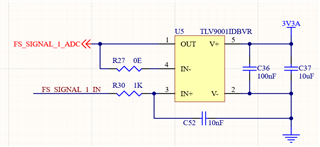
what is the best way to achieve it ?


